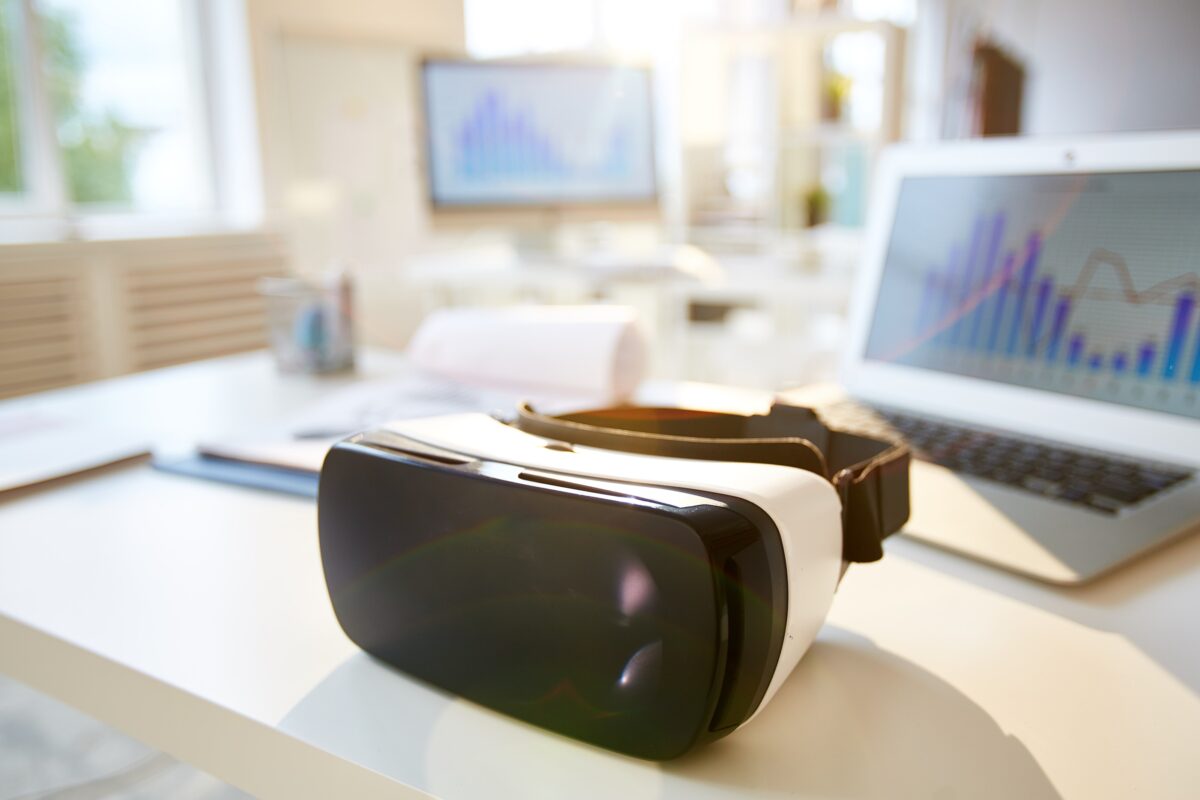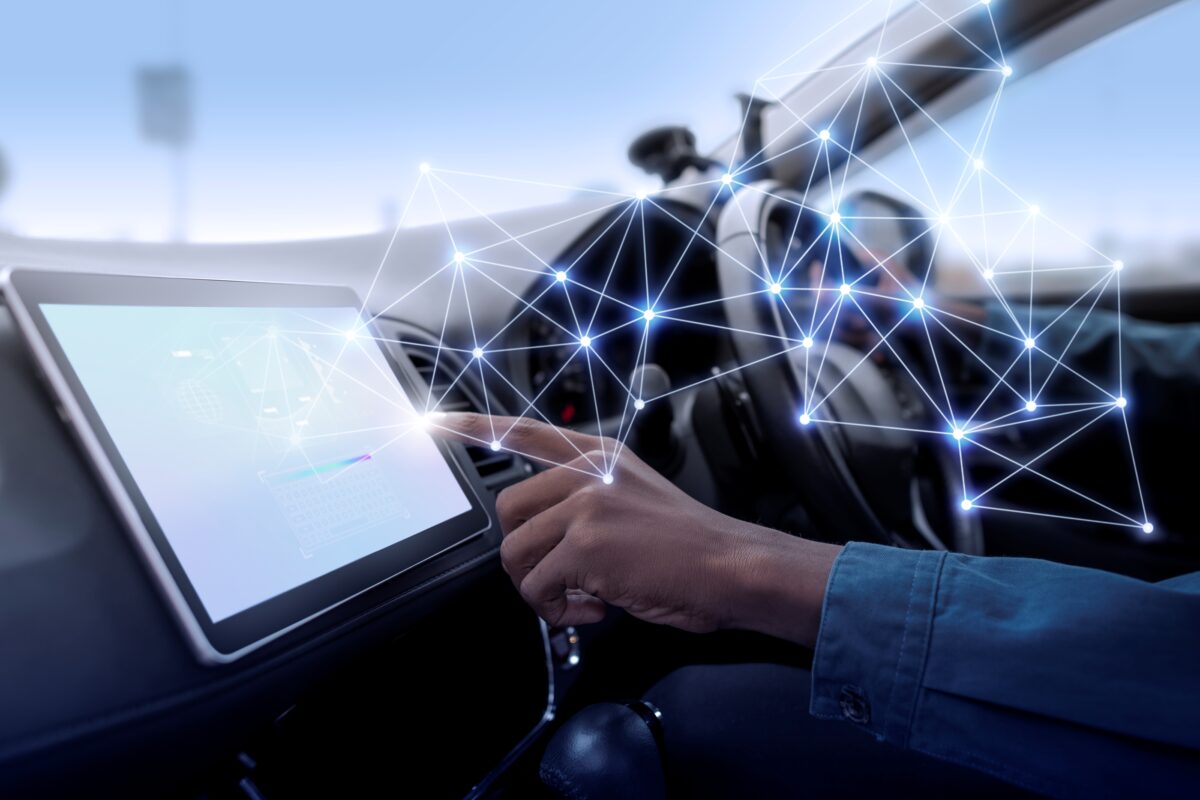Data cleaning is the process of finding and fixing mistakes or inconsistencies in data to make sure it is correct, consistent and usable. The goal is to improve the quality of the data so it can be used reliably for analysis and decision-making.
It transforms messy data into a valuable asset, enabling businesses to make informed decisions, gain competitive advantages and drive innovation.
Investing in data cleaning helps organizations avoid biased insights, improve productivity and efficiency, meet compliance and reporting needs, leading to overall cost savings.










